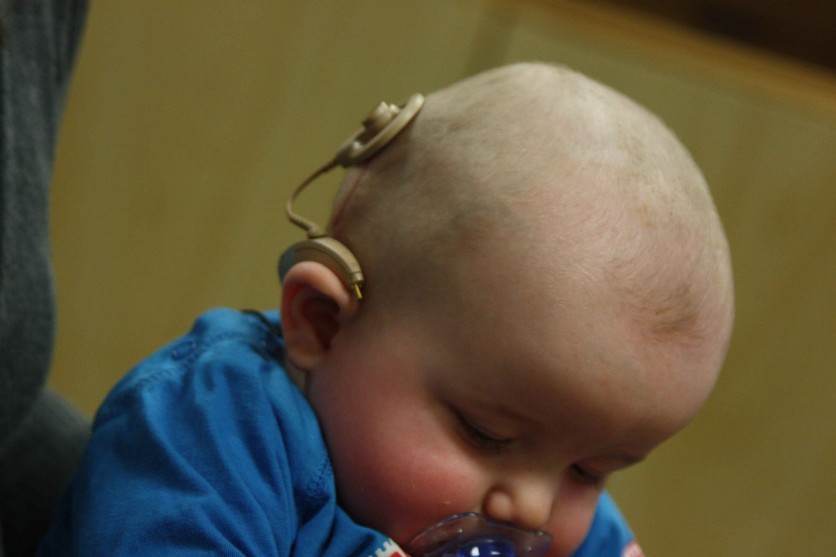An 18-month-old girl received hearing after her cochlear implant became turned on remotely, the first in the country.
Margarida Cibrao-Roque was born with Ushers syndrome type one. She has been deaf and had a cleft palate, which can also affect the ability to hear.
However, on Thursday, Apr. 23, audiologists at the University of Southampton switched on her hearing device online.
Margarida's mother, Joana Cibrao, commended the team. "The Southampton team, they were amazing. I cannot praise them enough really... they were just brilliant, and they made it happen," says Cibrao. 'The possibility of Margarida calling me Mummy one day would mean the world," she exclaimed.
"We are trying to give the best that we can for her, and so we've opened a big window for Margarida now. All we need to do is take time, step by step, and we will get there, definitely," added Paulo Roque, Margarida's father.

The cochlear implants
Activating cochlear implants are usually done in person at the university's clinic, but the lockdown did not allow it. Thus, they thought of an alternative method to do so.
The cochlear implant uses microphones to pick up sound and send electrical signals to a second device placed in the inner ear. These signals are then interpreted by the brain as sound.
Professor Helen Cullington works in the university's auditory implant service. She turned on the device from her home while Margarida was at her own home in Camberley, Surrey, with her parents.
Cullington made video calls to Margarida to remotely activate the hearing device so that she could monitor her reactions to the gradual increase of electronic waves.
'Usually, we do the switch-on of a cochlear implant at our clinic at the university but, with some technical creativity and some advice from colleagues in Australia, we were able to do everything necessary over the internet," said Cullington.
Initially, the implant's sensitivity is set low after activation. It is then increased while audiologists monitor the patient's reaction to the electrical signals gradually, which is especially important for young children.
The activation went well, and Cullington and Margarida's family were thrilled with the results.
'At switch-on, a child begins wearing their processors for the first time, and they can hear what is around them," said Cullington. She added it would take a long time to get used to this, particularly babies and children who have never heard before.
"With some ingenious thinking, the team worked out a way to conduct their tests over the internet - connecting two computers, utilizing specialist software and hardware, and monitoring progress via video link,' a university representative said.
The Ushers Syndrome
Ushers syndrome leads to hearing loss because of defects inside the ear. However, those who have this condition have different experiences about it.
The main symptoms of this syndrome include hearing loss, an eye disorder called retinitis pigmentosa (RP), and balance problems.
Meanwhile, Ushers syndrome has three types:
Usher type one: Usually born with profound hearing loss in both ears and has balance problems, delay in sitting and walking, and disorientation, particularly with sight changes. It is also associated with night-blindness in the first 10 years of life. However, it advances to tunnel vision and further sight problems associated with RP.
The primary communication method is British Sign Language (BSL), which may change later as the sight deteriorates.
Usher type two: Born with a mild to severe hearing loss in both ears and is within higher frequency ranges, associated with balance problems, and may have retinitis pigmentosa (RP) in the teens or early 20s.
The primary communication method is usually speech, usually assisted by hearing aids and lip-reading.
Usher type three: It is characterized by gradual sight and hearing loss, which occurs later in life after a person has learned to speak. People with Usher type 3 also have problems with balance.
The primary communication method is usually speech, which is often assisted by hearing aids and lip-reading.
Watch the full video here.




